Description
1:1 Impression silicone
Kneading silicone 50A
Silicone impression material 1:1 (A + B) for model work.
Precise detail reproduction
Elastic mixing
Does not smear and does not stick to the hands
Stable in shape and volume
Heat-resistant up to 200 °C
Optimum final hardness approx. 50 Shore A
Versatile use: for bite registries, control models and repairs
Allows pouring plaster without insulation from plastic
Color: blue (base), white (catalyst)
Mixing ratio: 1:1
Short product features
Type: Kneading silicone / mold-making silicone (two-component)
Mixing ratio: 1: 1 (A + B) by volume or weight
Hardness after curing: approx. 50 Shore A (medium hard, dimensionally stable and elastic)
Surface: hydrophilic – very good detail reproduction
Origin: Poland, Brand / manufacturer: DCRA
Technical description
This material is a two-component Kneading silicone rubber, specially developed for precise mold impressions, model making, prototypes and technical applications.
The simple Mixing ratio 1 : 1 makes it easy to process the product manually or mechanically. After curing, an elastic, dimensionally stable silicone with an average hardness of about Shore A 50 is formed.
The hydrophilic surface ensures very good wetting and enables an exact reproduction of even the finest structures.Technical data
Type: Two-component kneading silicone (A +B)
Mixing ratio: 1 : 1 by weight or volume
Hardness: approx. Shore A 50
Viscosity (before curing): pasty, easily malleable
Surface: hydrophilic, detailed
Storage stability: at room temperature and closed packaging for several months
Color: neutral/ bright (depending on batch)
Advantages
Very accurate reproduction of details thanks to hydrophilic surface properties
Easy handling – no complicated dosing or additional catalyst necessary
Elastic and dimensionally stable – withstands multiple impression processes
Versatile – ideal for mold making, model making, casting, design and engineering models
Good temperature resistance (up to about 200 °C with short-term load)
Processing instructions
Preparation: Clean and dry the surface of the original. Remove dust, oil and grease.
Measure: Weigh components A and B exactly in a ratio of 1: 1.
Mix: Mix both components thoroughly until a uniform color and consistency is achieved (about 2-3 minutes).
Optional – Venting: For very fine structures, the material can be vented in a vacuum.
Apply / Shape: Apply the silicone evenly or put it in the mold. Avoid air bubbles.
Curing: Let it cure completely at room temperature (depending on temperature and layer thickness).
Demolding:Carefully remove from the mold after curing. If necessary, use release agent.
Typical applications
Impressions of decorative elements, reliefs, sculptures
Production of Moulds for plaster, polyurethane or epoxy resin (with suitable release agent)
Prototype construction and technical models
Crafts, model making, small series production
(No medical or dental use.)
Storage and shelf life
Store in a cool, dry and tightly closed place (ideally +5 °C – +25 °C).
Protect from direct sunlight and heat sources.
Carefully close the container after use.
Can be stored for several months if stored properly.
Safety and working instructions
Work in well-ventilated rooms.
Avoid skin contact with uncured material – wear gloves if necessary.
Dispose of residues in accordance with local regulations.
Safety data sheet (SDS) available on request from the dealer.
FAQ – Frequently Asked Questions
Q: Does an additional catalyst need to be used?
A: No, the material is self–hardening – just mix components A + B in a 1 : 1 ratio.Q: Can the cured silicone be cut or sanded?
A: Yes, after curing, the material can be machined mechanically.Q: Is the product suitable as a molding material for resins?
A: Yes, with the appropriate release agent, it can be used for epoxy or PU casting resins.
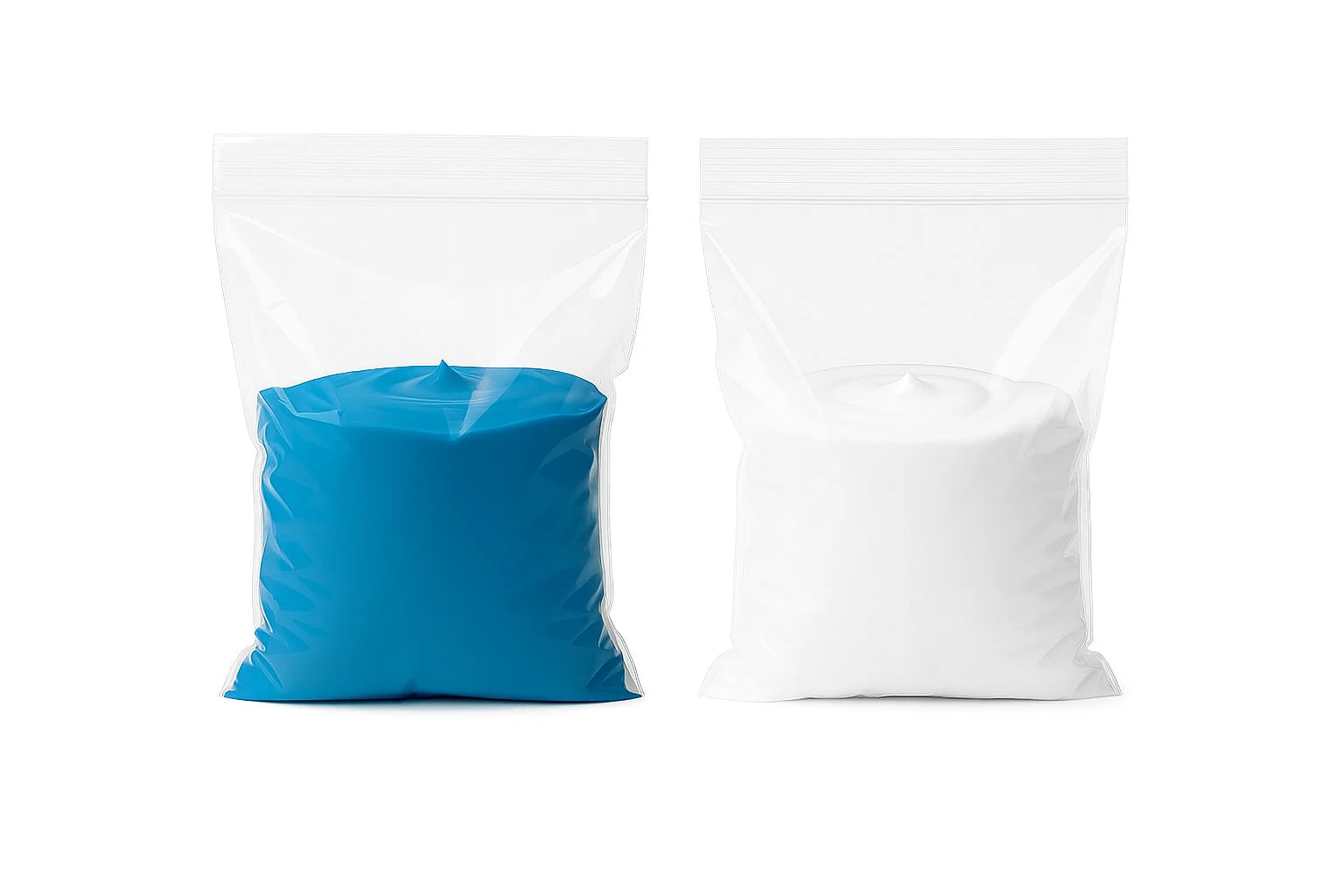
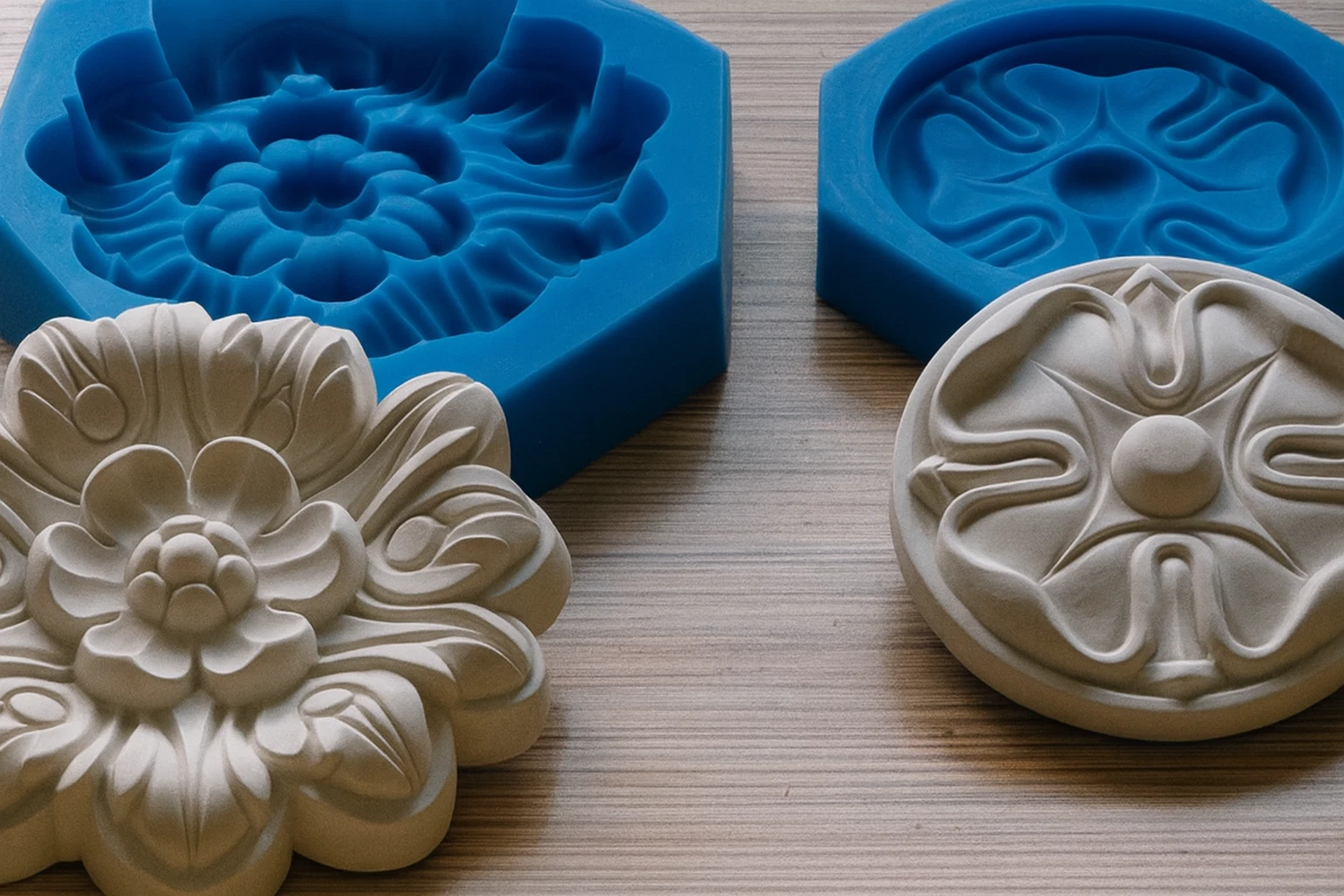
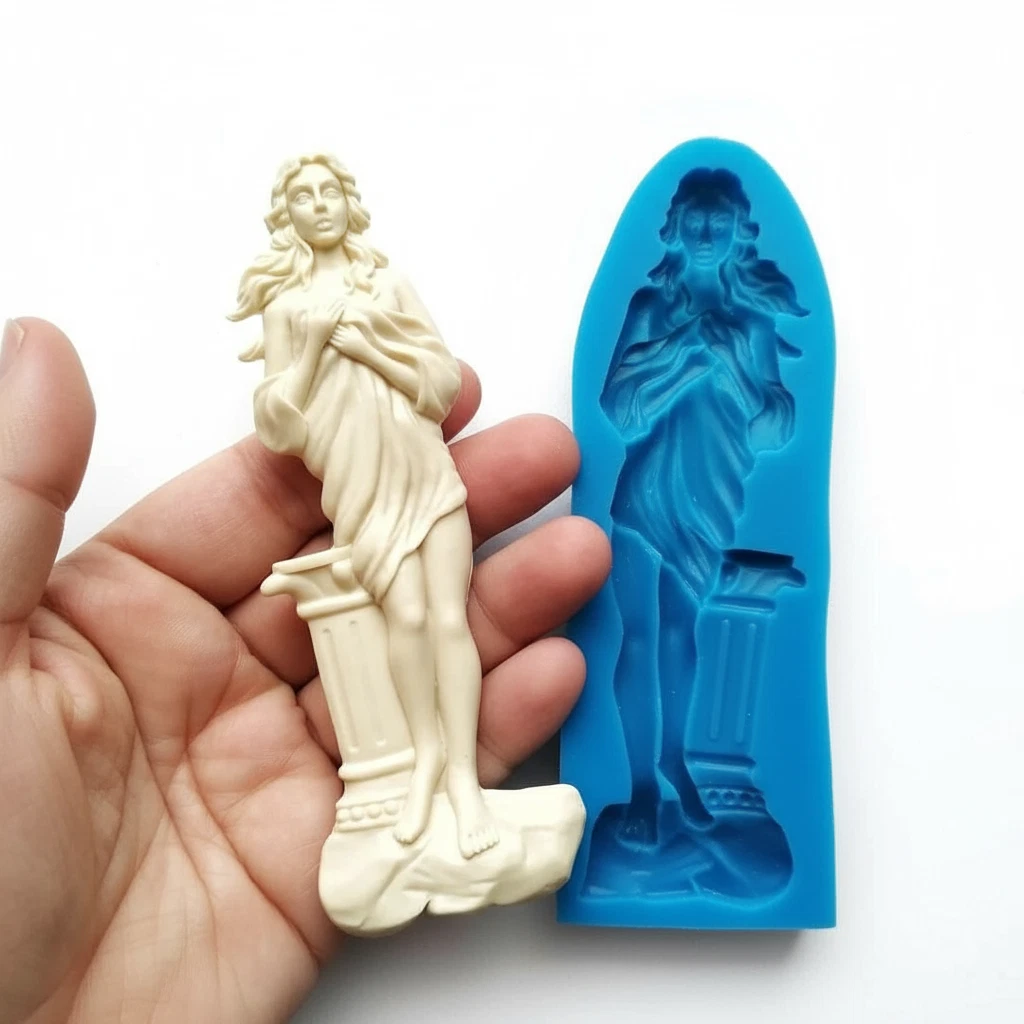
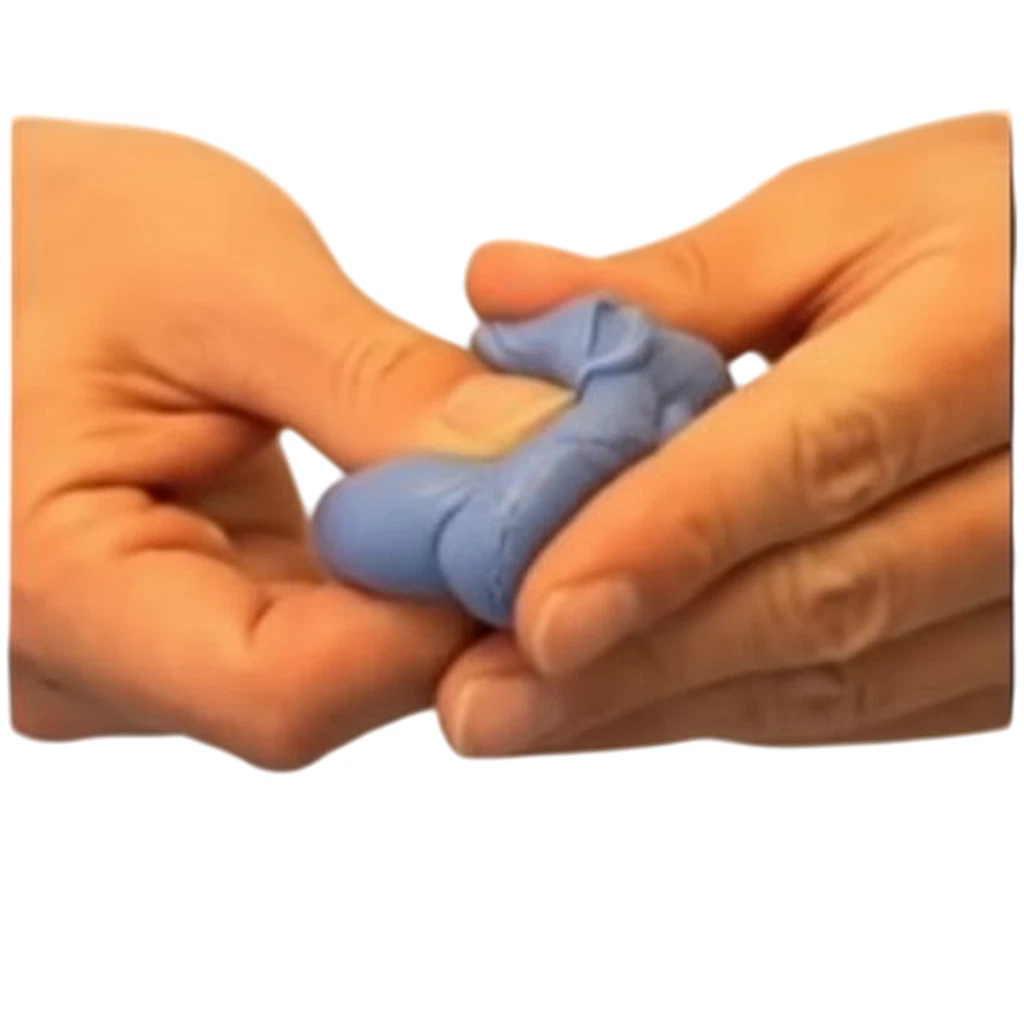
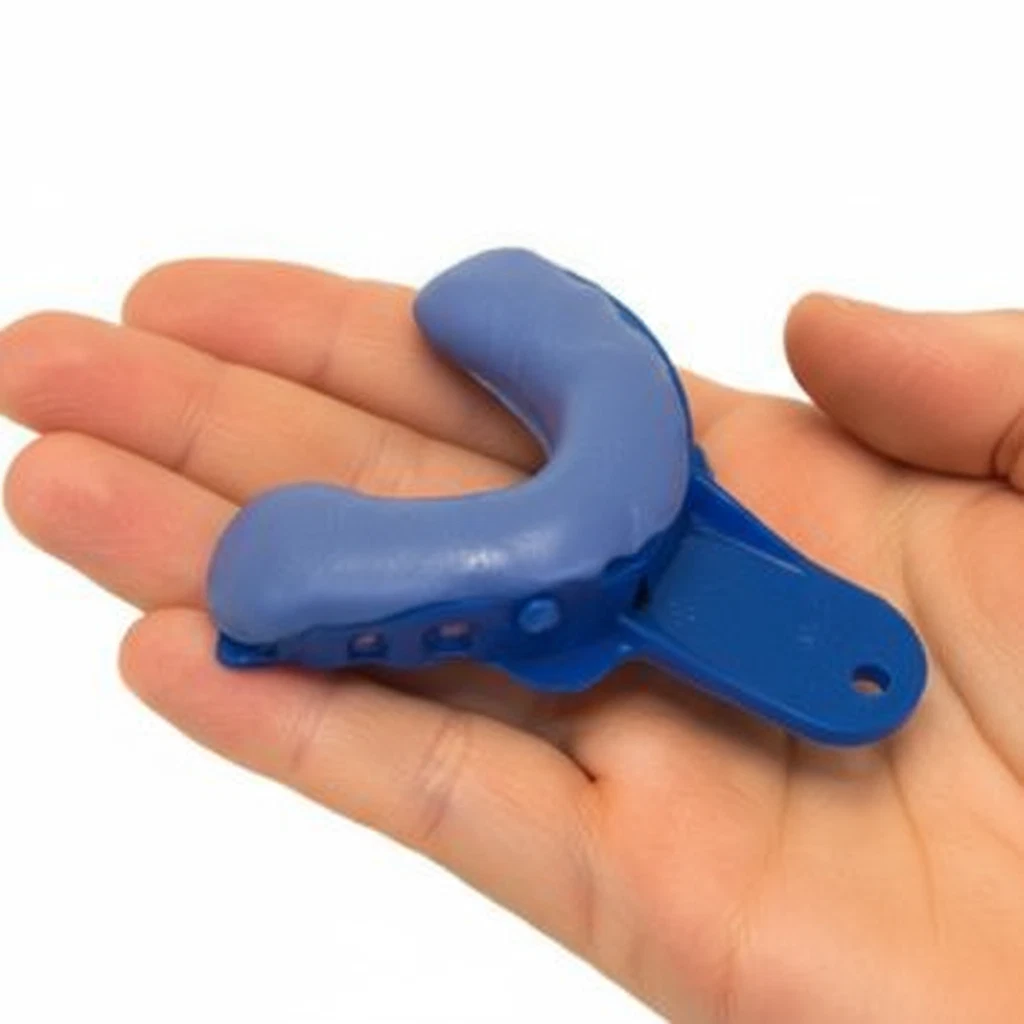
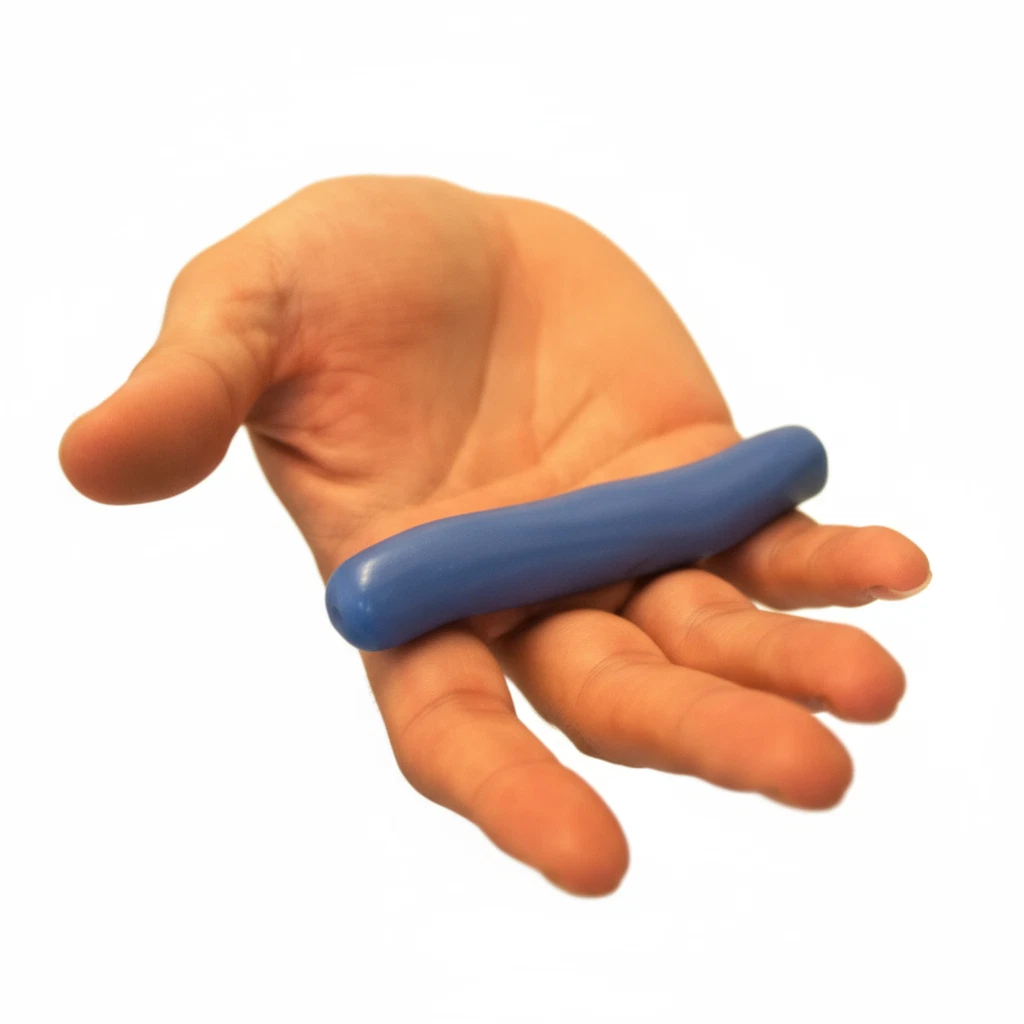
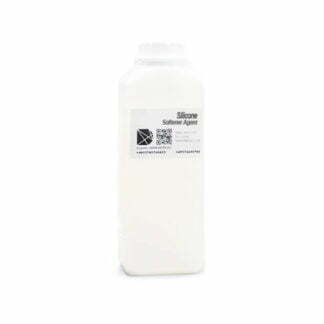
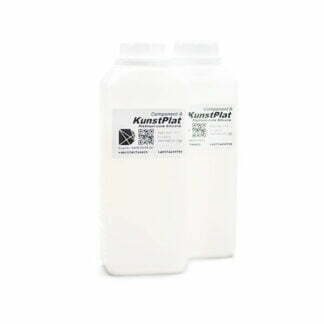
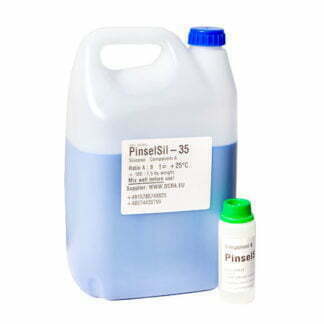
Reviews
There are no reviews yet.